nuqul

W.A.I.T.
(What Am I Trading?)
This apps allows you to connect to trade-based services too, like the Amazon cloud. So be aware of that. It is of course optional but they should not promote trade-based hosting platforms.
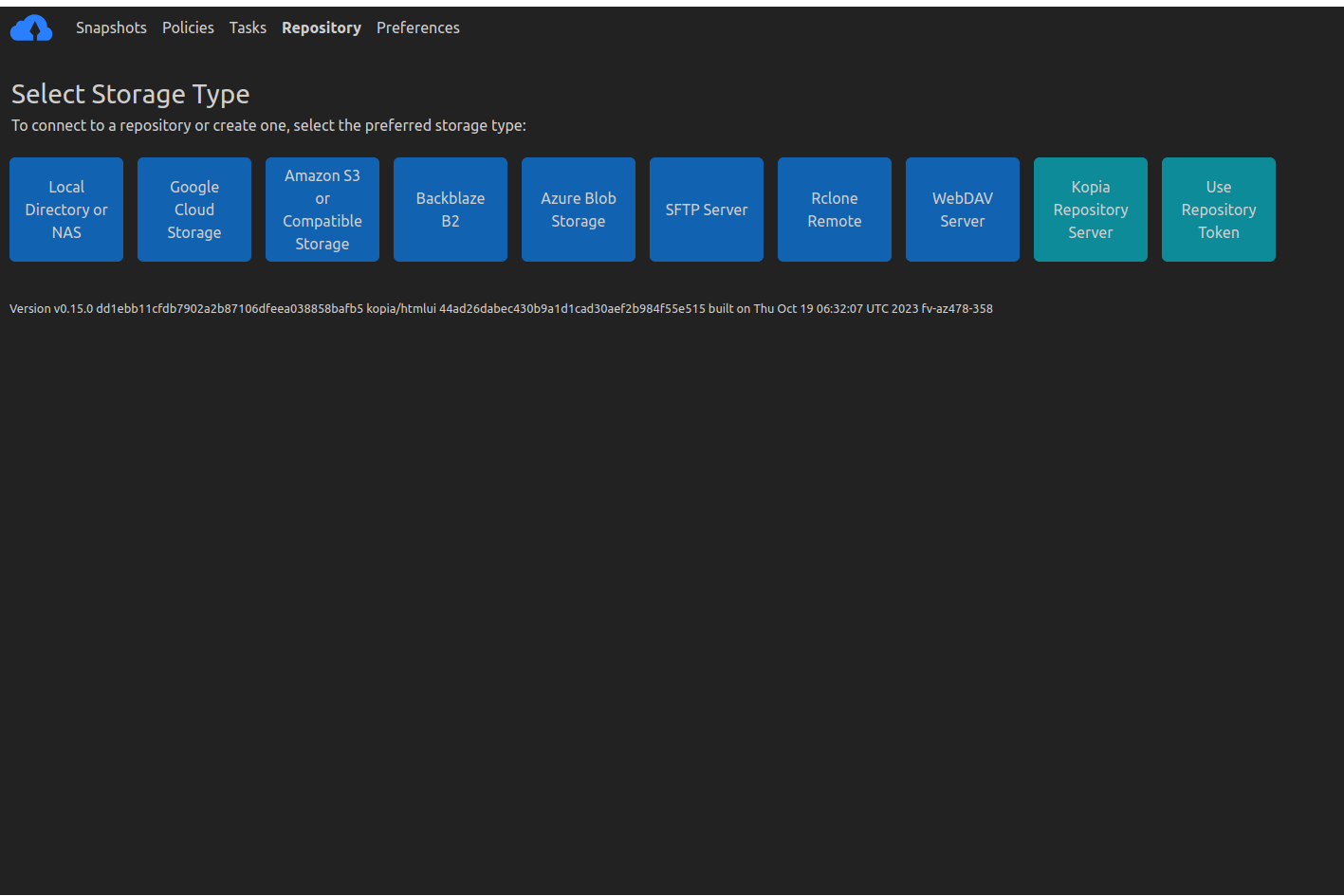
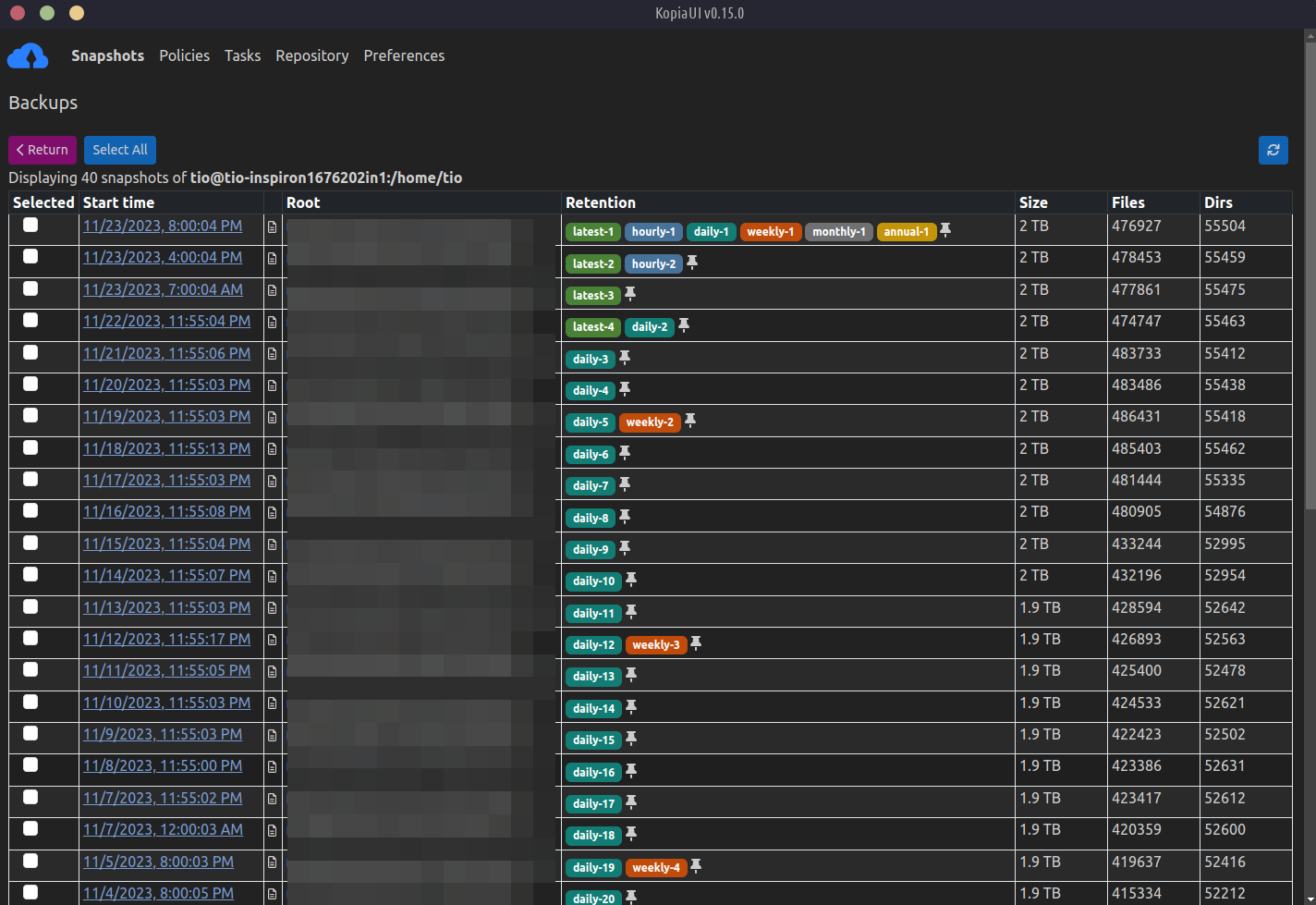
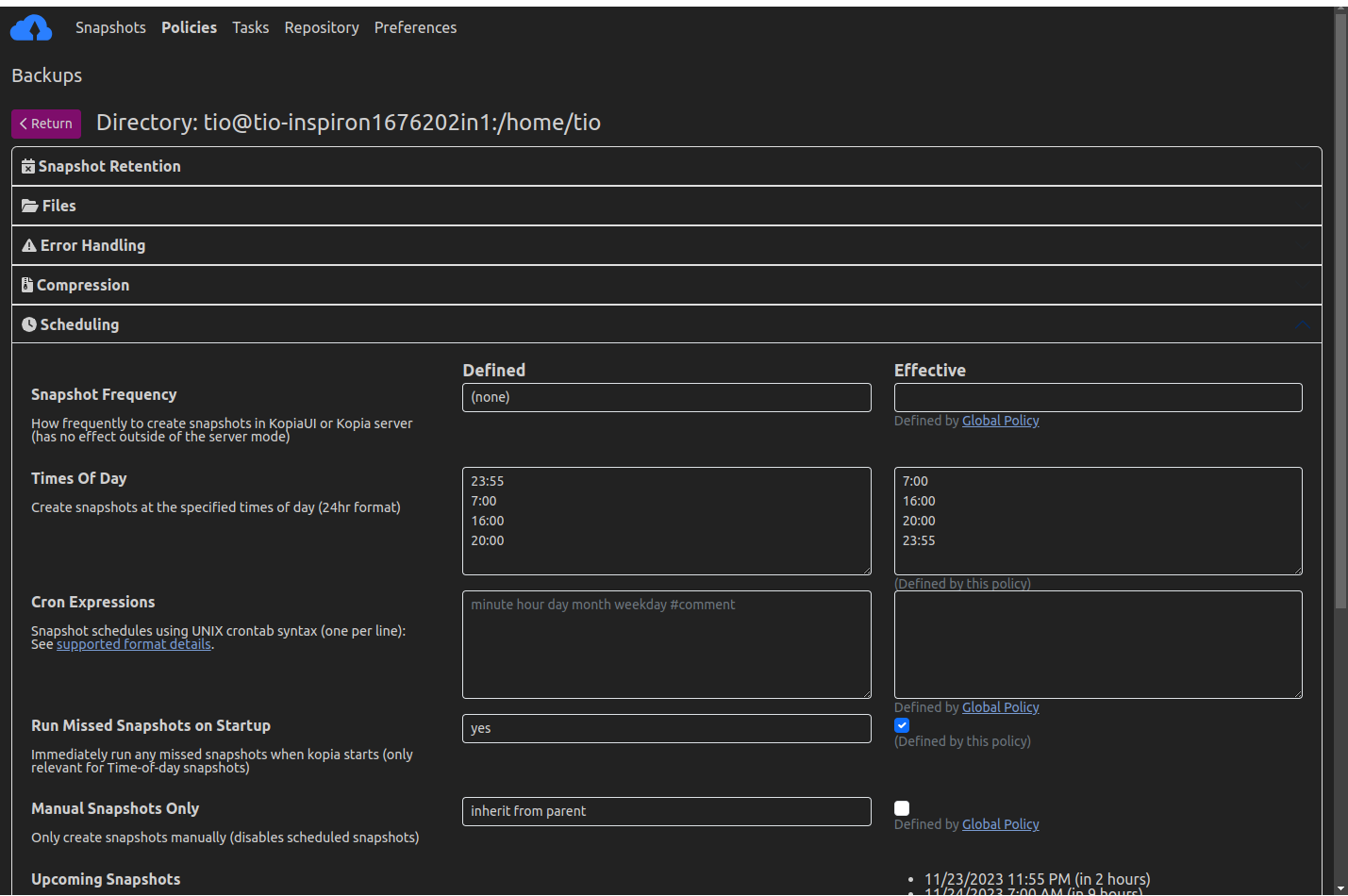
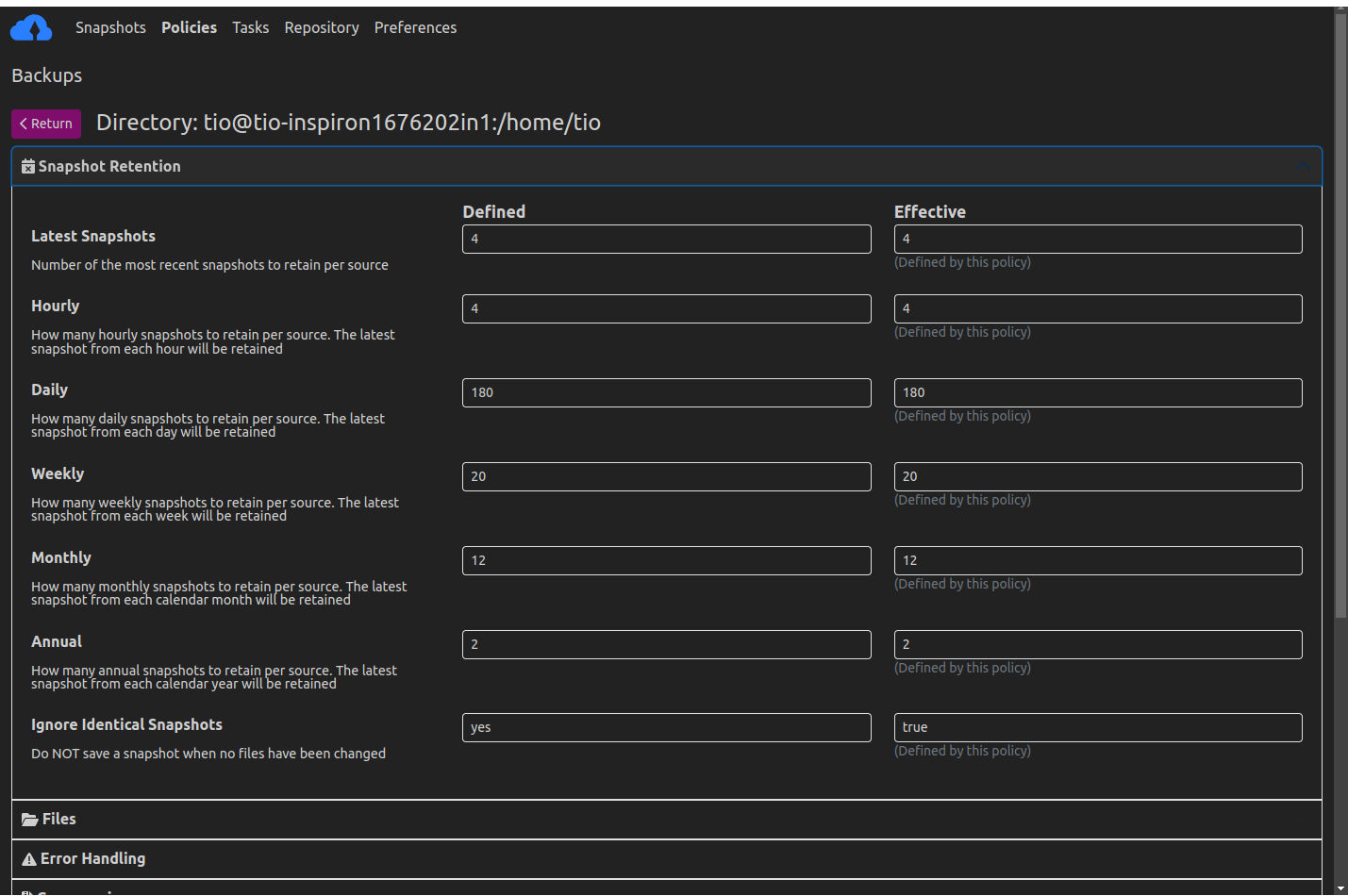
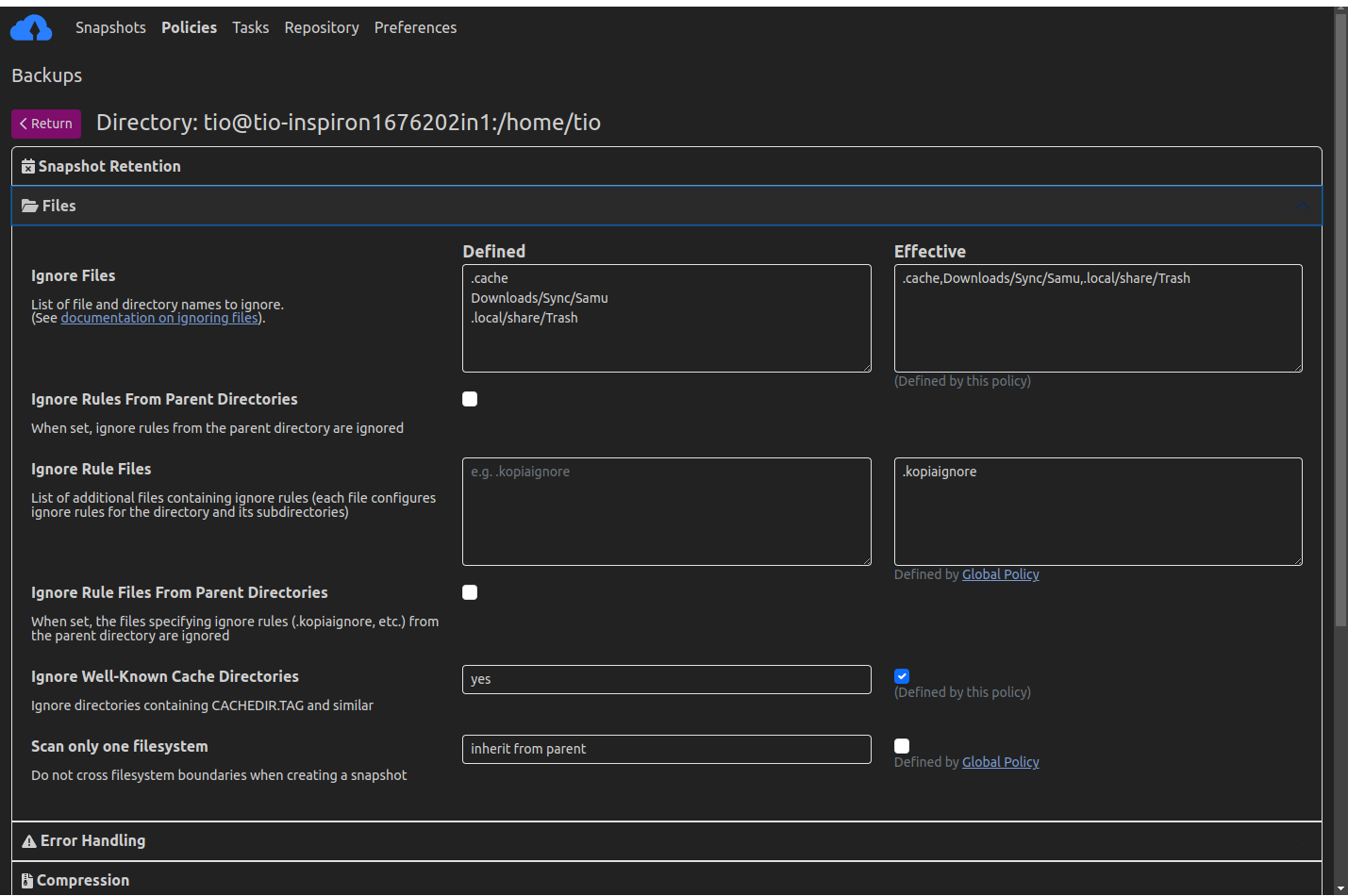
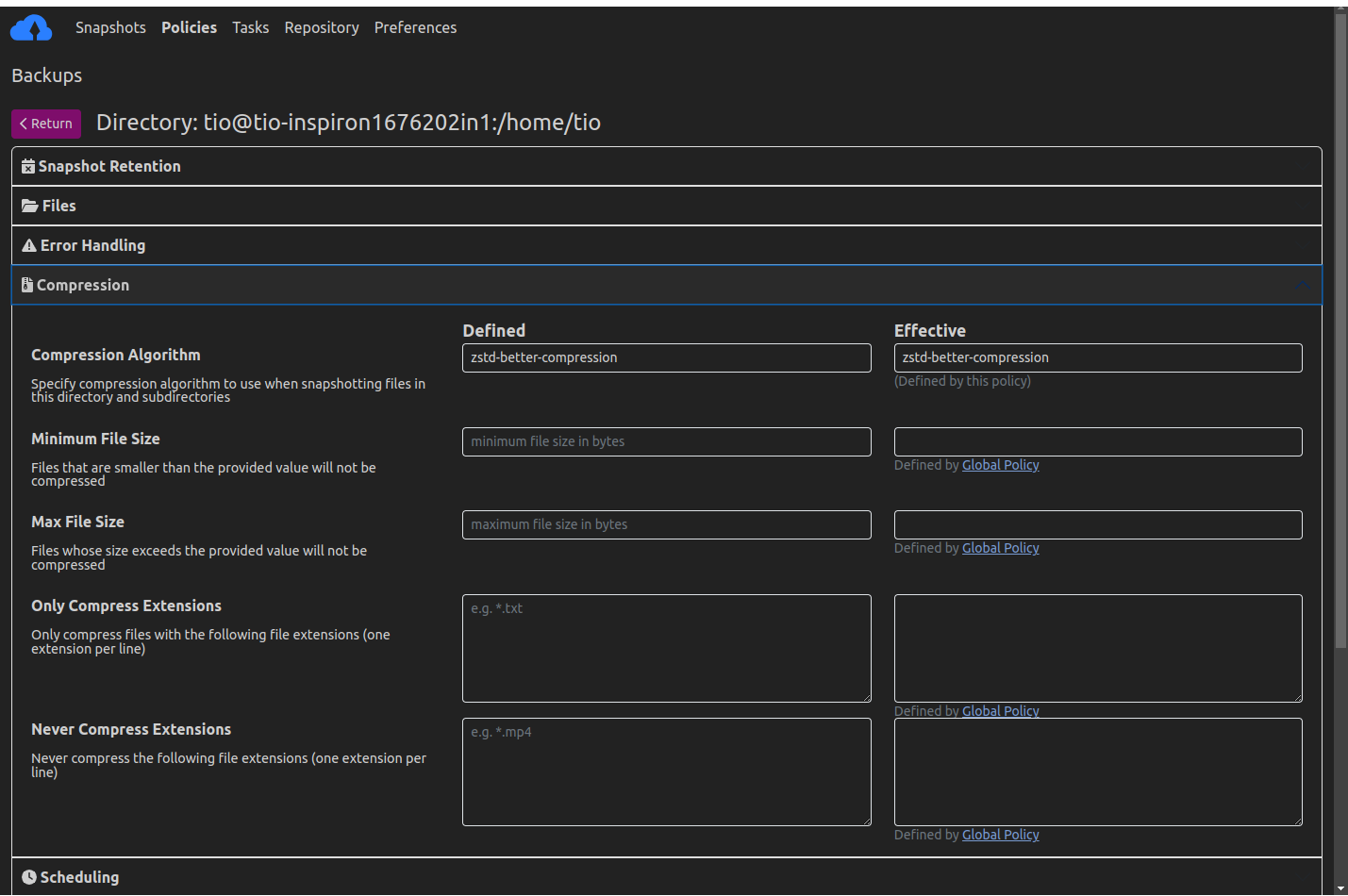
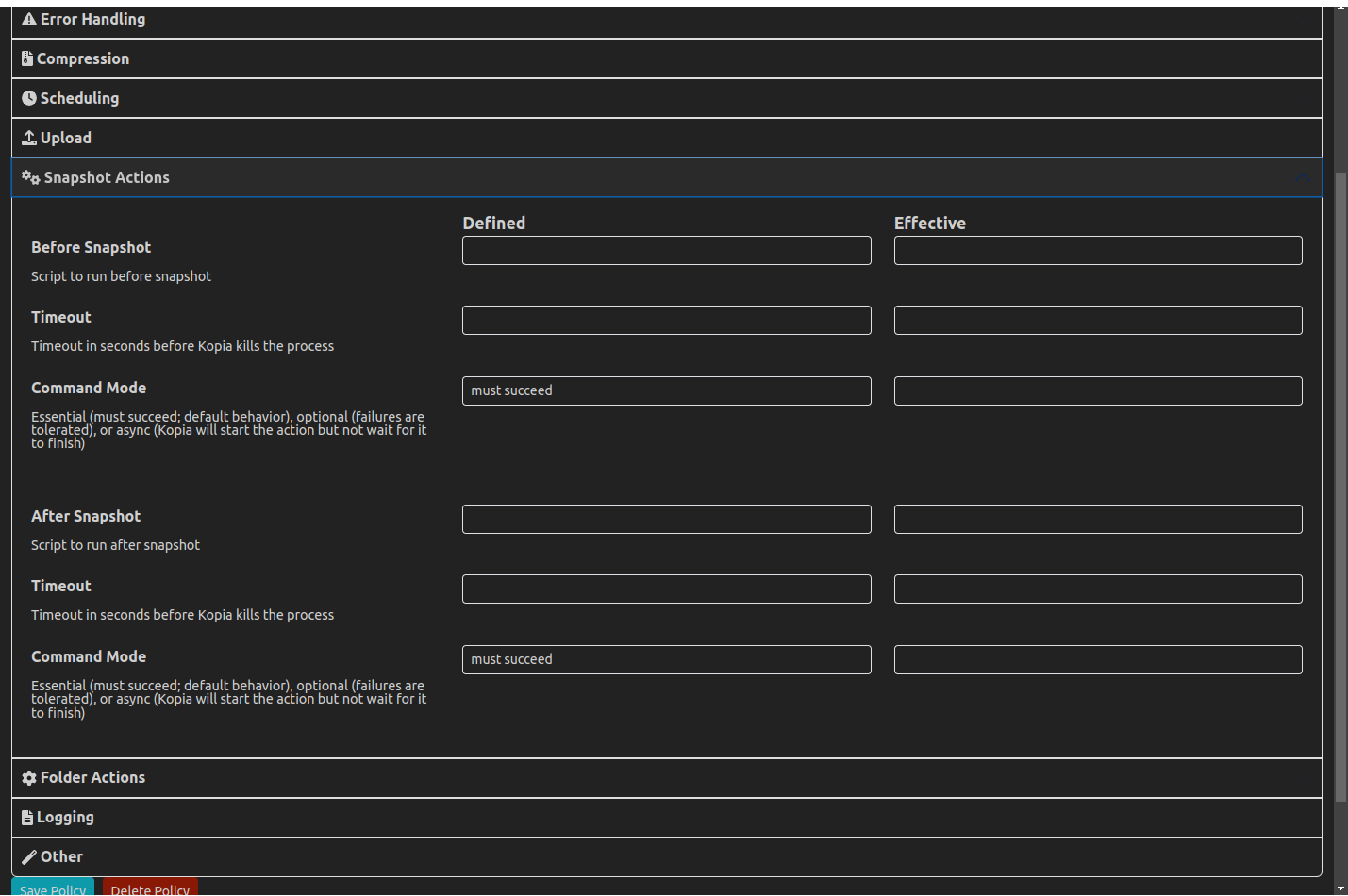
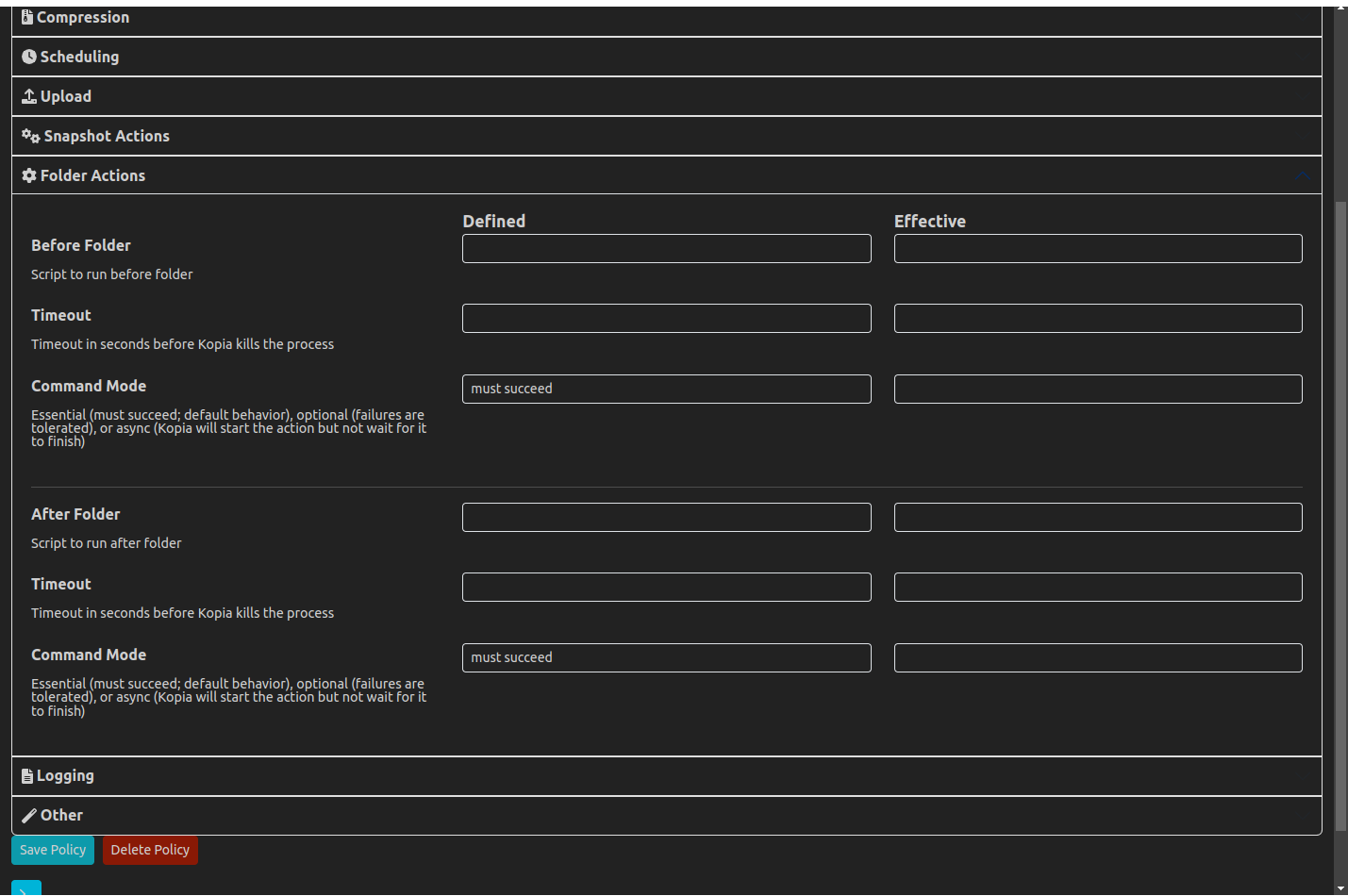
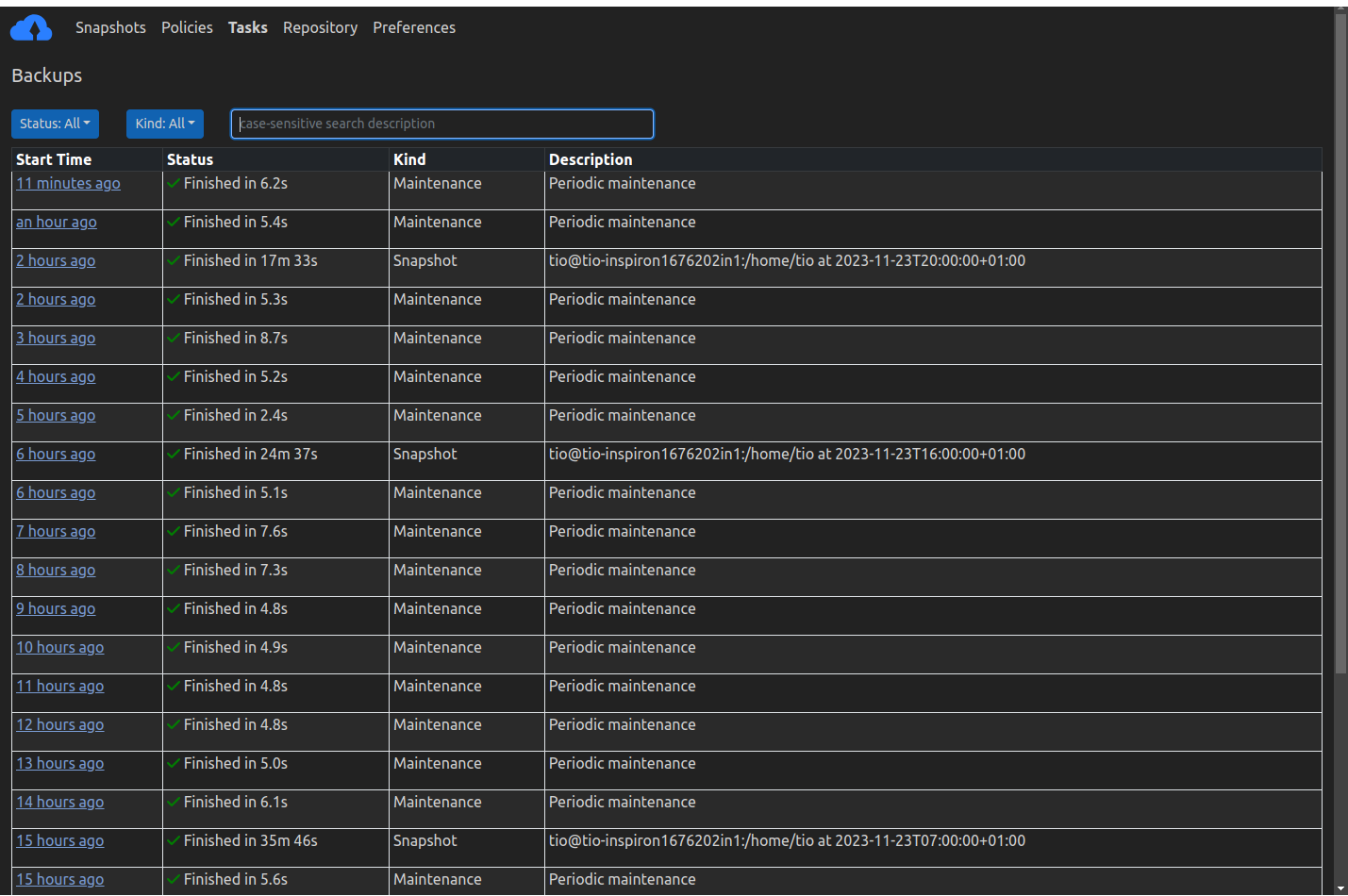
sawir qaade
Backup Files and Directories Using Snapshots:
Kopia creates snapshots of the files and directories you designate, then encrypts these snapshots before they leave your computer, and finally uploads these encrypted snapshots to cloud/network/local storage called a repository. Snapshots are maintained as a set of historical point-in time records based on policies that you define.
Kopia uses content-addressable storage for snapshots, which has many benefits:
Each snapshot is always incremental. This means that all data is uploaded once to the repository based on
file content, and a file is only re-uploaded to the repository if the file is modified. Kopia uses file splitting based on rolling hash, which allows efficient handling of changes to very large files: any file that gets modified is efficiently snapshotted by only uploading the changed parts and not the entire file.Multiple copies of the same file will be stored once. This is known as deduplication and saves you a lot of storage space (i.e., saves you money).
After moving or renaming even large files, Kopia can recognize that they have the same content and won’t need to upload them again.
Multiple users or computers can share the same repository: if different users have the same files, the files are uploaded only once as Kopia deduplicates content across the entire repository.
Policies Control What and How Files/Directories are Saved in Snapshots
Kopia allows you to create an unlimited number of policies for each repository. Policies allow you to define what files/directories to backup in a snapshot and other features of a snapshot, including but not limited to:
- how frequently/when Kopia should automatically create snapshots of your data
- whether to exclude certain files/directories from snapshots
- how long to retain a snapshot before expiring it and removing it from the repository
- whether and how to compress the files/directories being backed up
Save Snapshots to Cloud, Network, or Local Storage
Kopia performs all its operations locally on your machine, meaning that you you can save your snapshots to a variety of storage locations. Kopia supports network and local storage locations, of course, but also many cloud or remote storage locations:
- Amazon S3 and any cloud storage that is compatible with S3
- Azure Blob Storage
- Backblaze B2
- Google Cloud Storage
- Any remote server or cloud storage that supports WebDAV
- Any remote server or cloud storage that supports SFTP
- Some of the cloud storages supported by Rclone
- Requires you to download and setup Rclone in addition to Kopia, but after that Kopia manages/runs Rclone for you
- Rclone support is experimental: not all the cloud storages supported
by Rclone have been tested to work with Kopia, and some may not work
with Kopia; Kopia has been tested to work with Dropbox, OneDrive, and Google Drive through Rclone
- Your own server by setting up a Kopia Repository Server
Read the repositories help page for more information on supported storage locations.
With Kopia you’re in full control of where to store your snapshots; you pick the cloud storage you want to use. Kopia plays no role in selecting your storage locations. You must provision and pay (the storage provider) for whatever storage locations you want to use, and then tell Kopia what those storage locations are. The advantage of decoupling the software (i.e., Kopia) from storage is that you can use whatever storage locations you desire -– it makes no difference to Kopia what storage you use. You can even use multiple storage locations if you want to, and Kopia also supports backing up multiple machines to the same storage location.
Restore Snapshots Using Multiple Methods
To restore data, Kopia gives you three options:
mount the contents of a snapshot as a local disk so that you can browse and copy files/directories from the snapshot as if the snapshot is a local directory on your machine
restore all files/directories contained in a snapshot to any local or network location that you designate
selectively restore individual files from a snapshot
End-to-End ‘Zero Knowledge’ Encryption
All data is encrypted before it leaves your machine. Encryption is baked encryption. Kopia allows you to pick from two state-of-the-art encryption algorithms, AES-256 iyo ChaCha20.
Kopia encrypts both the content and the names of your backed up files/directories.
The data is encrypted using per-content keys which are derived from the 256-bit master key that is stored in the repository. The master key is encrypted with a password you provide. This means that anyone that does not know the password cannot access your backed up files and will
not know what files/directories are contained in the snapshots that are saved in the repository. Importantly, the password you provide is never sent to any server or anywhere outside your machine, and only you know your password. In other words, Kopia provides your backups with end-to-end ‘zero knowledge’ encryption. However, this also means that you cannot restore your files if you forget your password: there is no way to recover a forgotten password because only you know it. (But you can change your password if you are still connected to the repository that stores your snapshots.)

